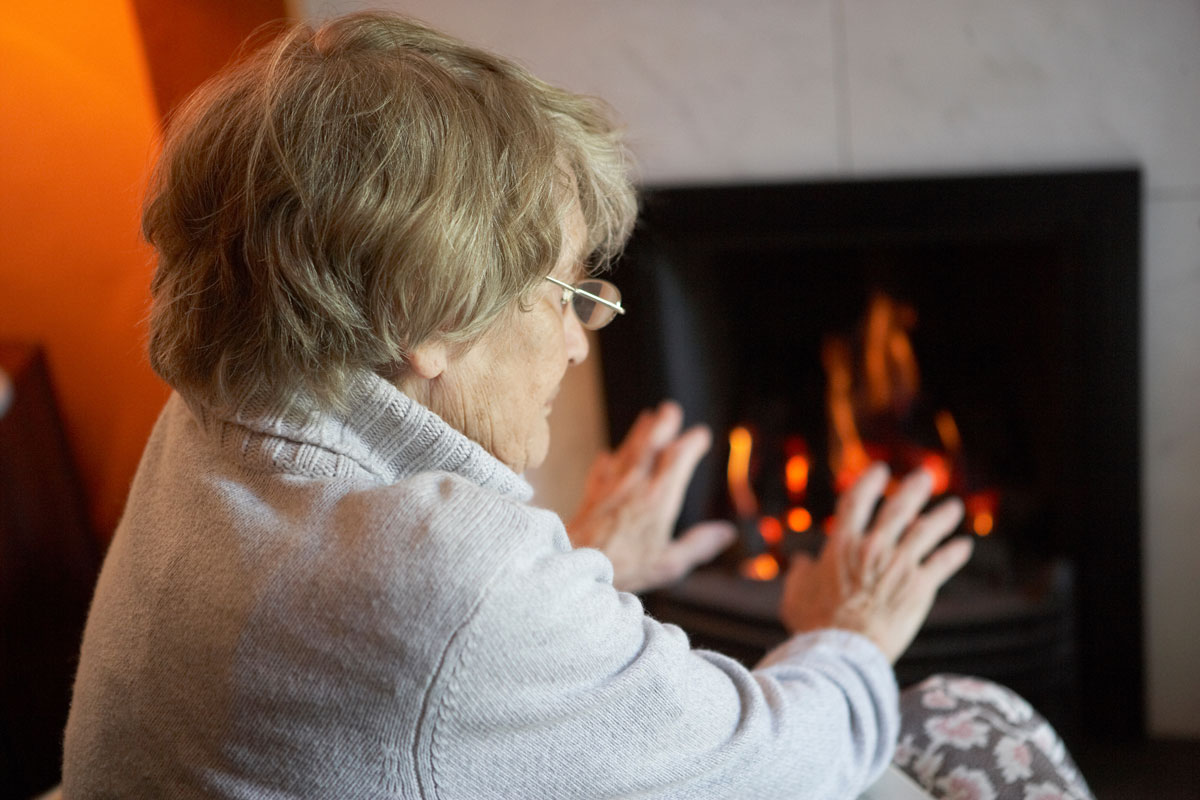Don’t Let Arthritis Pain Ruin Your Winter
Don’t Let Arthritis Pain Ruin Your Winter
According to the Arthritis Foundation — a medical advocacy and awareness group dedicated to shaping “health care policies and laws” across the country — over 60 million adults (+300,000 children) in the US suffer from arthritis at any given time.
In fact, arthritis can be considered in the US to be “the nations #1 cause of disability.”
Pain
You may be asking, what is arthritis? Is it any occurrence or resurgence of joint pain, tenderness, or stiffness? Can pain now increase over time? Turn into something worse?
“Arthritis is a condition in which joints are affected by inflammation and swelling,” writes Denise Scaringe-Dietrich, MD from ReclaimAbility. The pain can be dull or severe, may start suddenly or occur over time, and irritation may be “intermittent or constant.”
There is also not one type of arthritis, but many. “There are more than 100 conditions that affect the tissue in and around the joint,” says Dr. Scaringe-Dietrich.
Symptoms include loss of function, worsening tightness, dull and severe aches, decreased range of motion, and stiffness and swelling. Causes are numerous, and arthritis pain can result from trauma, auto-immune disorders, viral or bacterial infections, or (most commonly) degenerative conditions such as osteoarthritis (OA).

Winter Arthritis
“While cold weather doesn’t cause arthritis, it can exacerbate aches and pains,” explains Mariko L. Ishimori, MD from Cedars-Sinai Hospital. The colder the temperature, the slower the blood circulation, the more potential sensitivity to tension or discomfort. “A drop in barometric pressure can cause muscles and tendons to expand, which can put more stress on an already crowded joint. When your joint cap expands, you can feel that.”
So, what can you do?
Stay healthy, get plenty of exercise (always stretching beforehand), and button up when you head outside. Always take plenty of Vitamin D and know your limits when around and about. Be sure you don’t push your pain without the guidance of a doctor or physical therapist.
Treatment
Winter or not, cold weather or warm, arthritis can flare up at any time. Though most people with an arthritic condition are diagnosed after 65, arthritis can occur at any age, with some believing that many who suffer from joint pain between the ages 40 – 60 will ignore treatment, hoping it goes away on its own.
You never want to ignore joint pain.
At ReclaimAbility, our pain specialists can help with stretching routines, rehabilitation referrals, or epidural steroid injections. We’ll also guide you through short-term medication relief for inflammation, application of hot pads and cold compresses, and options for massage or transcutaneous electrical nerve stimulation (TENS).
We offer an all-out approach to treating your arthritis. Pain relief is RA’s number one goal, but so is managing your underlying conditions. Relief without treatment, in the end, helps no one.
Relief
The Mayo Clinic recognizes that outside of a pain clinic, a healthy routine may be the best thing you can do to help stem or slow the progress of your pain. If you smoke, you should quit; if you’re overweight, you should consider a healthier weight. Day-to-day, you should sit up straight, practice good posture, and keep your joints moving. “Daily, gentle stretches that move your joints through their full range of motion” can help strengthen hands, wrists, and musculoskeletal connections over time.
Don’t overdo it, but keep in motion. Don’t let your tendons “lock up.”
Call Us Today
The staff at ReclaimAbility are experts at treating your pain. If you’re experiencing any joint stiffness, tenderness, or swelling, reach out to us today. Take steps now to avoid increased pain later.
Arthritis can be debilitating, but it can be managed. You shouldn’t have to suffer silently.





Hi, this is a comment.
To get started with moderating, editing, and deleting comments, please visit the Comments screen in the dashboard.
Commenter avatars come from Gravatar.